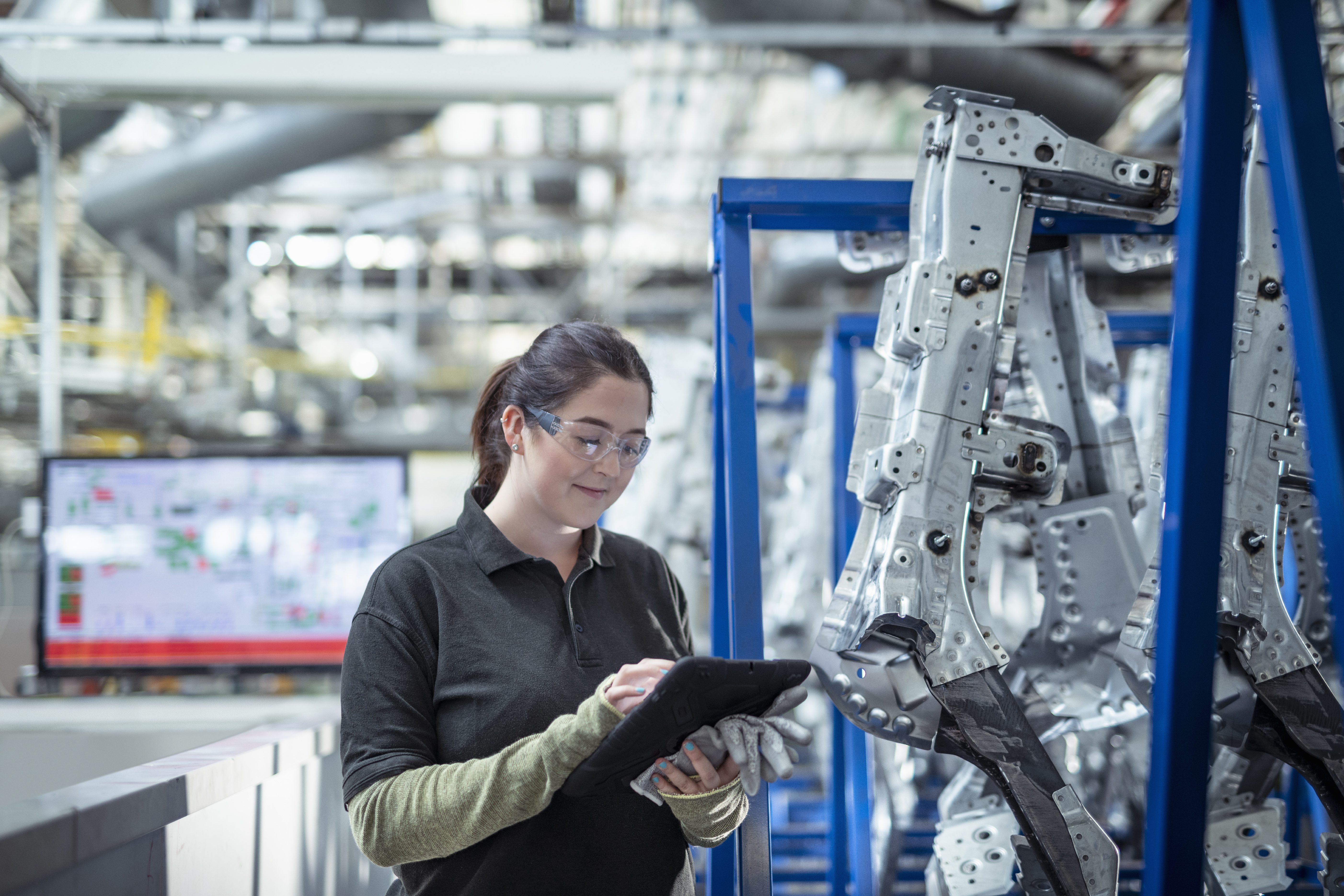The industrial revolution marked the beginning of mass production. As professionals and researchers found an alternative for the bulk workforce, different sectors were introduced with high-quality products that were easily accessible and offered improved productivity levels with enhanced efficiency.
This article intends to highlight the fundamentals of automation technologies and how they have transformed the operational principle of industries and enterprises. Let us begin by understanding the basic definition of automation. [1]
Understanding automation technologies
In simple terms, automation refers to the development and application of different technologies to efficiently design and deliver services and goods with negligible human involvement. The implementation of automation software, techniques, processes, and technologies enhances the overall reliability, speed, and efficiency of tasks that were initially handled by humans.
Additionally, automation machines and technologies are deployed in several areas like transport, defense, operations, facilities, and information technology. Monitoring systems, IPC systems, power supplies, programmable logic controllers, and human-machine interfaces are some of the automation machines commonly found in enterprises.

How automation technologies transform industries
Below we have talked about how industry and organization owners can leverage a plethora of advantages by investing in top-notch automation equipment and technologies:
-
Reduced costs, better savings
The primary goal of every small-scale and large-scale business is to make profits by delivering best-in-class products and services while maintaining its edge in the market. Investing in automation technologies and machines might seem expensive initially, but it fetches long-term results that cover all the costs made by the investor.
In addition, making a switch from manual to automated processes ensures that there are minimal errors, cutting expenses for repairs and replacements. Hence, reduction in operating costs is one of the primary reasons why industry and enterprise owners are heavily investing in automation technologies.
-
Comprehensive feedback
In addition, with standardization, every step of an automation process is consistently recorded in an audit chain. These controls track all the involved documents, individual efforts and contributions, timings of the processes, etc. which improves reliability and accuracy.
Automation technologies also provide the industry or an enterprise with records of a specific business workflow of the business. All these auditable records are retrievable in case the organization needs the previous data to perform various functions like demonstrating regulatory compliance and reverting to customer queries.
-
Enables standardization of processes
All manual processes require multiple stakeholders and employees’ collective efforts that create hindrances in streamlining tasks. When multiple people are working on the same project, it leads to the contribution of too many methods, approaches, and ideas that decrease the quality of output.
On the other hand, automated technologies operate with consistent workflow since all the steps systematically follow one another until a fixed result or outcome is achieved. However, individual changes can be made to fuel the workflow of the enterprise, making harmonization one of the key features of automation machines and software.
-
Enhanced consumer experience
As mentioned above, in order to stay ahead in the market, enterprises and businesses employ a range of novel ideas and technologies to deliver quality results at affordable prices. Deployment of automation technologies enables better-quality, accurate, and fast daily services, making it easy to retrieve customer information in a short span of time.
In other words, automation machines help meet operation excellence that drives satisfaction and happiness while providing the advantage of customer loyalty and trust.
3 primary types of automation systems
According to the needs and requirements of the enterprise, researchers all over the world have designed 3 different types of automation systems primarily installed in enterprises and industries. These automation systems are segregated on the basis of their flexibility and integration levels in operations and manufacturing processes. Now, let’s delve into all three automation systems one by one:
-
Flexible automation
Flexible automation systems are designed to be leveraged in manufacturing systems that are either partially or completely controlled by computer systems [2]. Additionally, this type of automation is often employed in job shops and batch processes with diverse product varieties and medium or low job volumes.
-
Fixed automation
Usually, most fixed automation systems are utilized in mass production environments that require dedicated electrical instruments. These instruments have a fixed set of operations that are exclusively designed to perform with utmost efficiency levels.
Also, this type of automation is installed in continuous flow systems like transfer lines, distillation processes, conveyors, and paint shops. All the processes and equipment depend on mechanized systems to perform their repetitive and fixed operations to achieve massive volumes of production.
-
Integrated automation
This type of automation technology is inclusive of the automation of all manufacturing plants where different operations function via computer control and digital information. Most integrated automation systems comprise technologies like automated cranes, flexible machine systems, scheduling control, computerized production, retrieval systems, automatic storage, and more.
Schneider Electric: Accelerating automation with best-in-class solutions
At Schneider Electric, we believe in accelerating innovation with high-performance solutions and technological advancements. Our team of experts have built a broad range of products, services, and solutions for small and residential businesses, industrial automation, data centers, etc.
Our control and automation solutions and products cover the breadth of infrastructure, building, and industrial sectors—from motion controllers and programmable relays to interface modules, for efficient applications from complex machines to diverse process systems.
Harmony pushbuttons, Altivar machine and process drives, protection relays, contactors, and enclosures are some of the many industrial control products we offer at Schneider Electric. To know more about our automation products and solutions, explore our site today!

